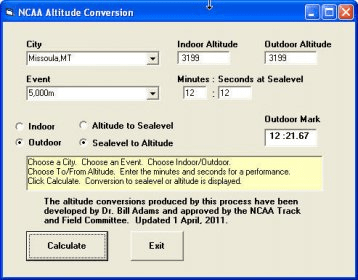State The Obvious
Active member
More Penn Relays
At the 124th annual Penn Relays Carnival in Philly this weekend, Colby Alexander and America's #1 ranked miler for 2017, Johnny Gregorek, had a neck and neck duel right to the finish in the Roger Bannister Memorial Mile Run with Johnny getting the win, pulling away from Colby in the final 75 meters for the win, 3:54.94 to 3:56.02.
Since they added the Mile Run to the meet in 1929, only 3 winning times have been faster than Colby's runner-up 3:56.02. In 1974, Tony Waldrop set the meet record of 3:53.2, in 1977, Kenya's Wilson Waigwa ran 3:54.04 and Saturday Gregorek ran 3:54.94.
At this point in the outdoor season, according to Track and Field News, Johnny and Colby now own the fastest two outdoor mile times in the world as of April 28th.
This was the season opener for both Colby and Johnny. Pretty good start to the season for both, I'd say!!
The wind, as usual at Penn, wreaked havoc with the runners, with the biggest victim being Jacob Dumford. On a day with less wind, the former Westerville North star's 4:00.00 is easily his first sub 4. Jacob took 5th in a stacked field.
At the 124th annual Penn Relays Carnival in Philly this weekend, Colby Alexander and America's #1 ranked miler for 2017, Johnny Gregorek, had a neck and neck duel right to the finish in the Roger Bannister Memorial Mile Run with Johnny getting the win, pulling away from Colby in the final 75 meters for the win, 3:54.94 to 3:56.02.
Since they added the Mile Run to the meet in 1929, only 3 winning times have been faster than Colby's runner-up 3:56.02. In 1974, Tony Waldrop set the meet record of 3:53.2, in 1977, Kenya's Wilson Waigwa ran 3:54.04 and Saturday Gregorek ran 3:54.94.
At this point in the outdoor season, according to Track and Field News, Johnny and Colby now own the fastest two outdoor mile times in the world as of April 28th.
This was the season opener for both Colby and Johnny. Pretty good start to the season for both, I'd say!!
The wind, as usual at Penn, wreaked havoc with the runners, with the biggest victim being Jacob Dumford. On a day with less wind, the former Westerville North star's 4:00.00 is easily his first sub 4. Jacob took 5th in a stacked field.




